Lifting weights is one of the most beneficial things you can do to improve the health and longevity of your body. Besides increasing muscle mass and building strength, a regular weightlifting routine can strengthen the body’s immune system, elevate mood, improve flexibility and result in better overall health. Once in a while though, we all tend to overdo it when lifting weights, resulting in joint pain and inflammation that cannot only be painful but even debilitating.
Joint pain and inflammation most often occur in the shoulders and the knees but can crop up in the elbows, forearms, wrists, ankles or even hips. The level of pain can range from a mild irritation to severe pain that inhibits or prevents movement. Joint pain and inflammation can be caused by an injury or chronic conditions such as arthritis, bursitis or tendonitis. First, let’s take a look at chronic conditions that can cause joint pain and inflammation in weightlifters.
• Arthritis: Osteoarthritis and rheumatoid arthritis are the two most common forms of this troublesome ailment. For bodybuilders, osteoarthritis is the more common of the two. This one is generally brought on by wear and tear of the joints and is characterized by pain and stiffness in the joints. It occurs when cartilage in the joints becomes rough, causing friction and then pain. Rheumatoid arthritis is a long-term disease that is far less common in bodybuilders.
• Bursitis: This condition occurs when the bursa (fluid-filled sacs) between tendons and skin or tendons and bone become inflamed. Bursitis can become acute or chronic. The bursa assist in movement by reducing friction between moving parts. Bursitis is typically caused by overuse or trauma, but can also be the result of an infection.
It most often causes trouble in the shoulders, knees, hips or elbows, but other areas such as the foot are susceptible too. It is characterized by joint pain and tenderness when you press around the joint, stiffness and achiness when you move the affected joint and swelling, warmth or redness around the affected joint.
• Tendonitis: When tendons become inflamed and movement becomes painful as a result, tendonitis can occur. Sometimes the tendons become inflamed for a variety of reasons, and the action of pulling the muscle becomes irritating. While there are hundreds of tendons throughout our body, there are only a handful that tend to get tendonitis—these are ones that have an area of poor blood supply, making them susceptible to damage and poor healing response.
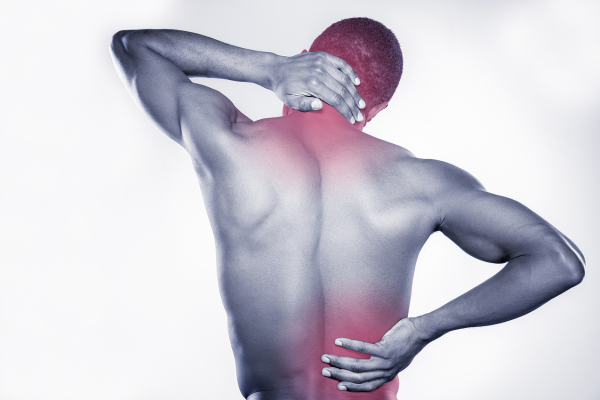
This area of a tendon that is prone to injury is referred to as a “watershed zone,” due to weak blood supply that inhibits the delivery of oxygen and nutrients. Consequently, these areas, when injured, become readily inflamed and take a long time to heal. Tendonitis tends to be an overuse injury.
Besides the conditions mentioned above, joint pain and inflammation can also be caused by an injury. For weightlifters, the rotator cuff in the shoulder region is among the most injury-prone joints in the body. The rotator cuff is actually a collection of four muscles and their tendons—all of which wrap around the shoulder, providing support and stability. Joint pain and inflammation in the rotator cuff region can be both painful and debilitating due to the fact that the shoulder plays such a key role in weightlifting.
Injuries to the rotator cuff can occur as the result of trying to lift too much weight or using poor technique. Repetitive arm movements can increase the likelihood of rotator cuff injury. Common movements that lead to rotator cuff injuries include dips, the shoulder press, lateral raises and the bench press. Adding some rotator cuff exercises to your weekly routine should help.
Regardless of the cause and whether it’s the result of an isolated injury or a chronic condition, recovery from joint pain and inflammation generally requires time and rest. Ice packs and ibuprofen can help reduce the pain and swelling but they won’t speed up the healing process. As difficult as it may be, the best treatment for joint pain and inflammation is rest because otherwise, you run the risk of exacerbating the injury and making it worse.
Now if you’re like me when the doctor says, “Don’t workout anymore and take a rest for a few months until it feels better“, you’re thinking to yourself…..Ya right! I’m not some regular guy that works out once in a while, this is a major part of my life and I can’t stay on the sideline that long and lose all my progress.
Besides rest and avoiding activities that cause the pain, here are some other things you can try that have worked for me in the past.
1. Try this cream called, “Rub On Relief“: It has 8 homeopathic ingredients including belladonna, menthol, ingatia, msm, rhus tox, phosporous, naja, and lachesis mutus. It’s natural and not only covers the pain but helps heal it. It doesn’t smell and it doesn’t burn or freeze your skin. There are no side effects and you can read all about the ingredients here. This is way better than the sports creams you find at CVS and blows Tiger Balm out of the water if you’ve ever used that.
2. If you have the funds you can get a massage, get chiropractic adjustments and go visit a physical therapist to perform rehab exercises. These things work, but the downside is that they are expensive and eat up a lot of your time.
If you’re looking for a home-made way to, “take care of this yourself” without spending a ton of money you should check out my friend Jedd Johnson’s, “Fix Your Elbow Pain” eBooks. Jedd is a professional grip strength competitor. He bends nails, and rips decks of cards and that sort of thing. The point is, he has had his fair share of elbow and forearm pain due to a variety of reasons and has put together a package full of useful stretches, exercises and massage techniques you can use to get rid of the pain and not only cover the symptoms but cure the root issue.
Throughout the manual each exercise comes with illustrations and guidance for volume and frequency of training. It’s a done for you solution.

If you’re healthy now, that’s great. The best thing you can do about these issues is try to prevent them in the first place. Jedd’s Fixing Elbow Pain package includes an ebook all about prevention measures you can use including warm ups that get blood flowing to the entire body, teaching you about warning signs so you don’t push too hard, and some quick things you can do after your workouts to speed up recovery.
Here are 2 more quick tips for you. First and foremost, use proper form when lifting weights, using slow, controlled movements. Rapid, jerky movements significantly increase the chances that you’ll injure yourself, resulting in joint pain or inflammation.
In addition, make sure you’re getting enough healthy fats in your diet. Bodybuilders that go on prolonged, extremely low-fat diets have a high risk of joint injury. This is because fats provide some of the cushion in our joints—take away all of the fat and you eliminate important lubrication and cushion. Follow these steps and you’ll reduce the likelihood that you’ll suffer from joint point and inflammation.
If you have any other tips or advice for those of suffering from joint pain and inflammation please share below. Thanks.

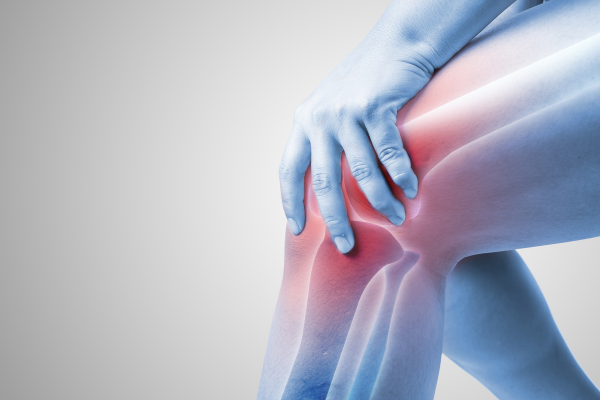

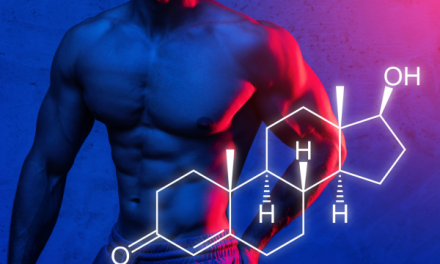
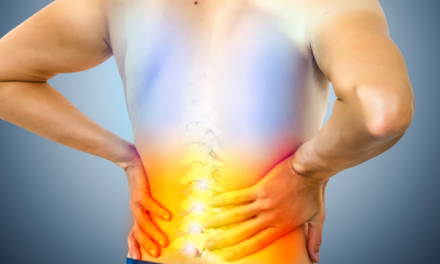
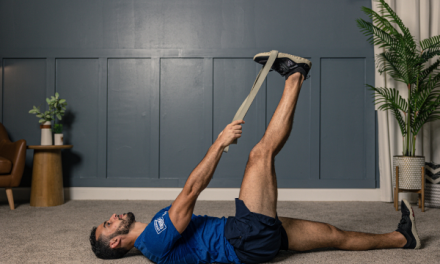
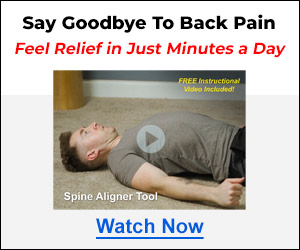
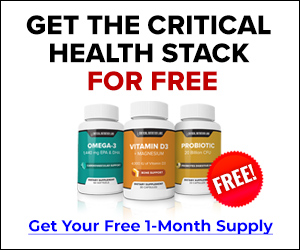




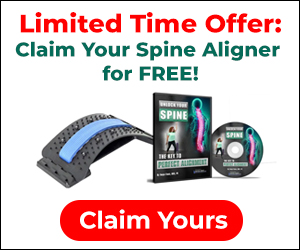
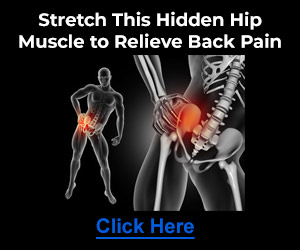


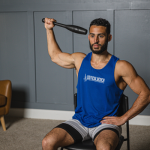










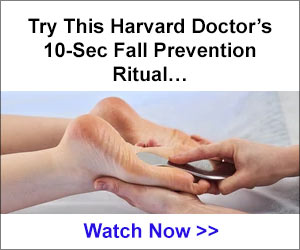







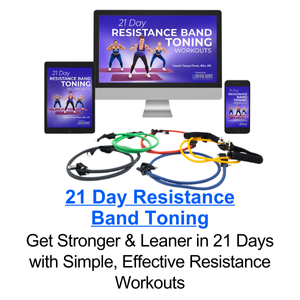
















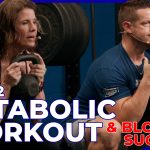

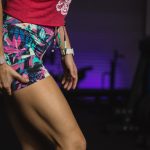

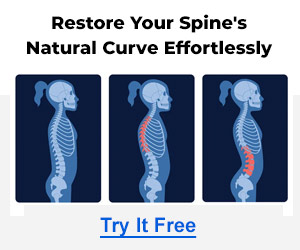
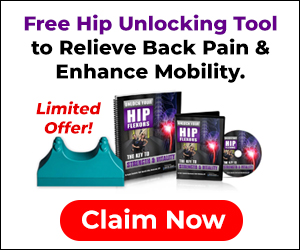






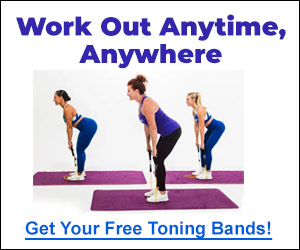


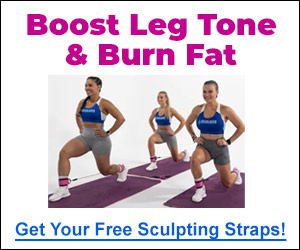

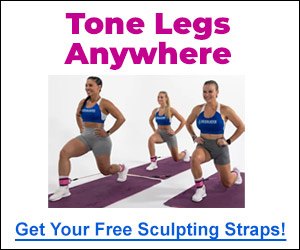

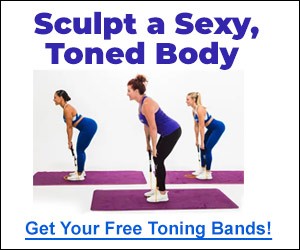

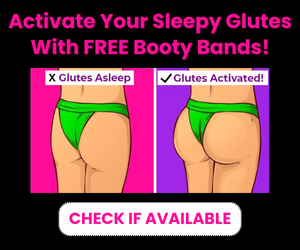
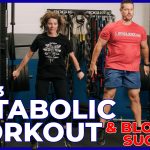
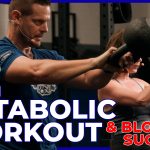
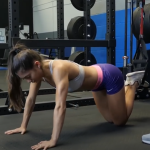
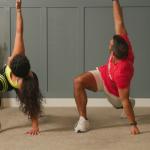



Eu uso Manipulado Condroitina e Glucosamina, excelente para as articulações. ok
SDS
Having a bath with epsom salts is a great way of helping with aches and pains.
The Gluco/Chon is BS! The best way to alleviate these symptoms and to get rid of them can be done by taking L-Lysine, L-Orin-thine, L-Arginine at 2,000mg. a day. I have several bottles of gluco/chon and they are worthless. I only keep them as a reminder of the money I wasted.
I do accept as true with all the concepts you’ve introduced on your
post. They’re very convincing and will certainly work. Still, the posts are very quick for newbies.
May you please extend them a little from next time? Thanks for the post.
Thanks for the feedback! We’ll take into consideration slowing down our pace a little when we can. Thank you!